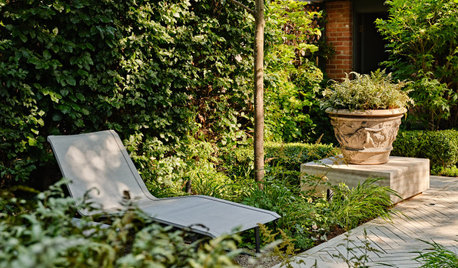clivias!
Amazindirt (7a TN)
16 years ago
Related Stories

GARDENING GUIDES8 Plants That Snobs Love to Hate — and You'll Love to Grow
Don't dismiss these common annuals, perennials and shrubs — there are reasons they've been popular for so long
Full Story
LANDSCAPE DESIGNHow to Create a Beautiful Shade Garden
Turn the cool, shady spot in your garden into your own quiet oasis
Full Story
GARDENING GUIDES6 Unsung Bulbs for Fall Planting
Don't hang up your spade after summer — plant these unusual bulbs in fall for a spectacular spring show
Full Story
COLOR12 Simple Ways to Add Color to Your Outdoor Space
Bring your landscape to life with colorful details such as furniture, pots and plantings
Full Story
GARDENING GUIDESHouzz Call: What’s Your Favorite Backyard Beauty?
The simple, honest daisy is this writer’s go-to garden flower. We want to hear which plant, flowering or otherwise, gives you special joy
Full StorySponsored






bigorangevol
Amazindirt (7a TN)Original Author
Related Professionals
Rancho Cordova Landscape Architects & Landscape Designers · College Park Landscape Contractors · Desert Hot Springs Landscape Contractors · East Hanover Landscape Contractors · Hoover Landscape Contractors · Lancaster Landscape Contractors · New Berlin Landscape Contractors · West Haverstraw Landscape Contractors · Irvington Landscape Contractors · Gardena Solar Energy Systems · Hemet Solar Energy Systems · Rehoboth Solar Energy Systems · Tustin Solar Energy Systems · Lexington Roofing & Gutters · Murray Roofing & GuttersTnShadyLady
Amazindirt (7a TN)Original Author
bigorangevol
Amazindirt (7a TN)Original Author
bigorangevol
Amazindirt (7a TN)Original Author
madmouser
Amazindirt (7a TN)Original Author